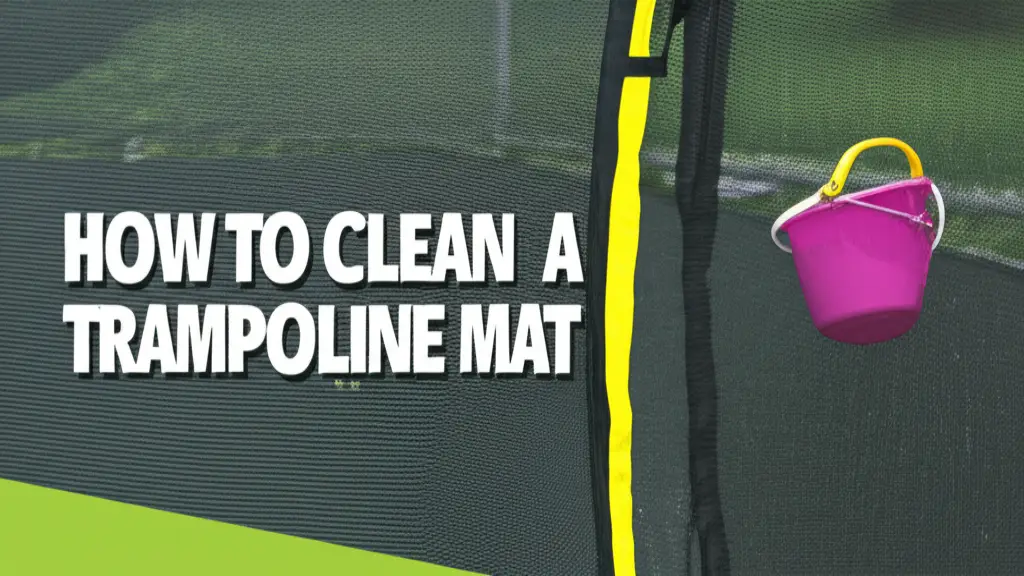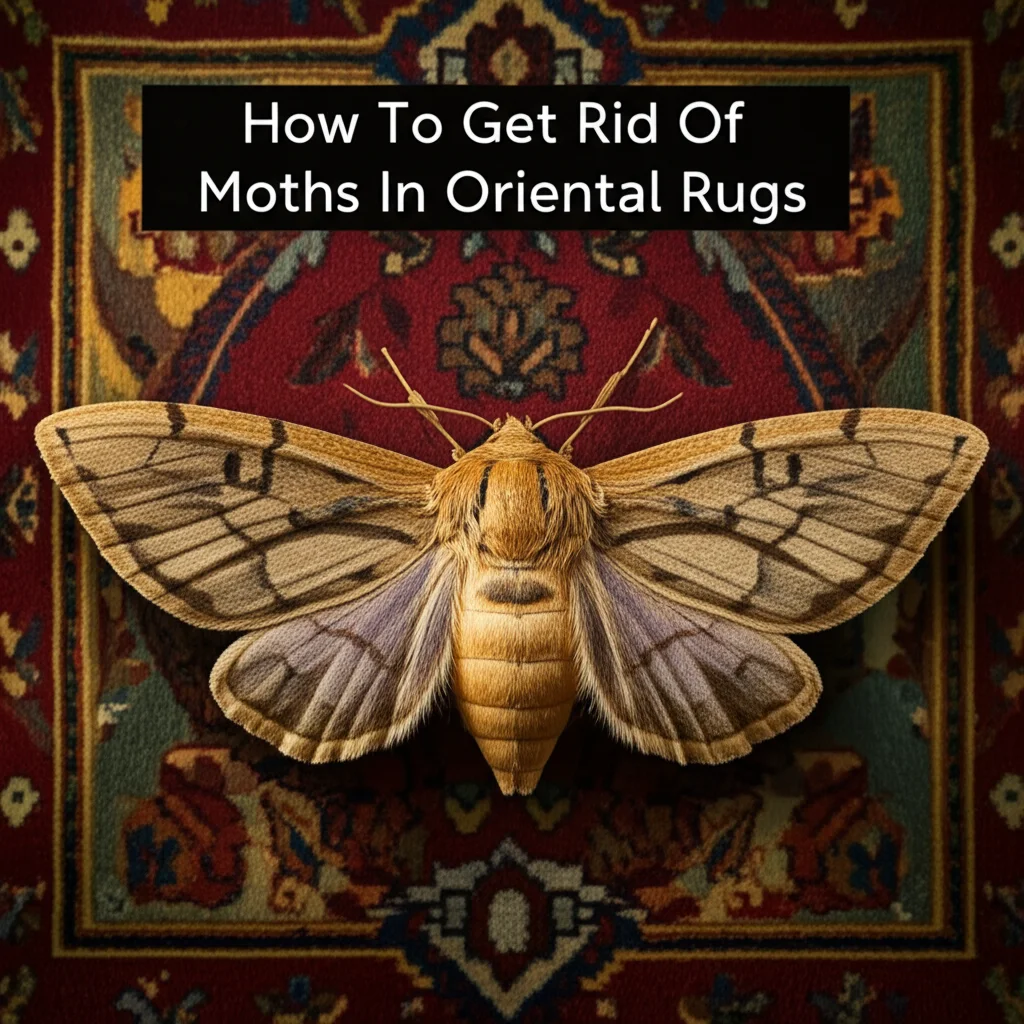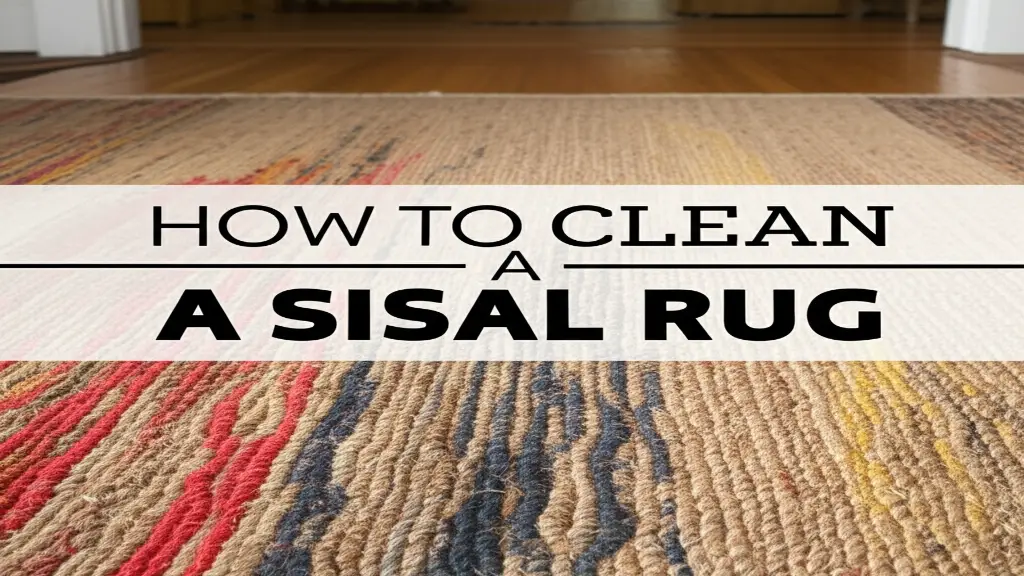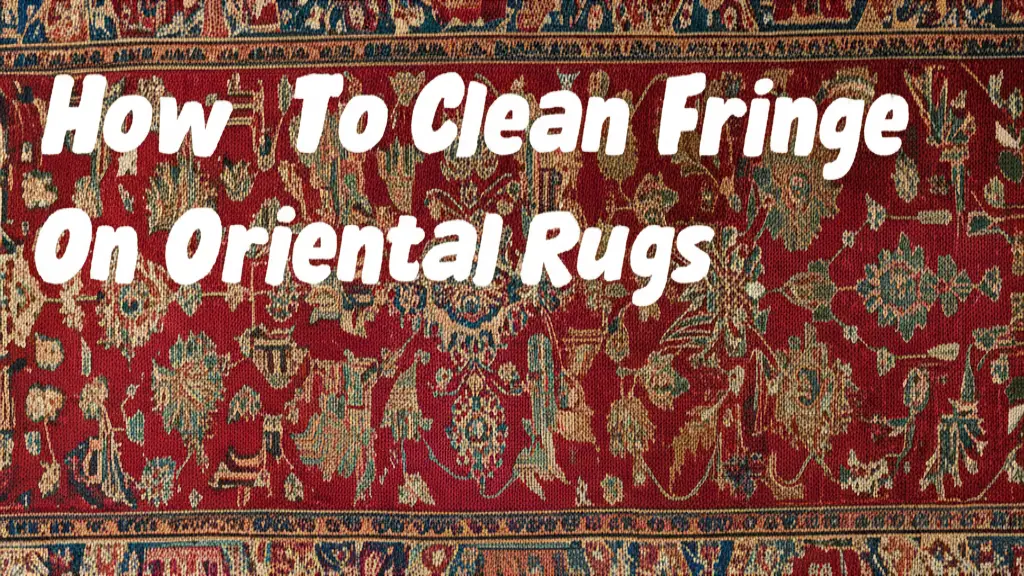· Todd Martin · Rug Cleaning · 15 min read
How To Clean A Trampoline Mat

Key Takeaways:
- Regular cleaning extends your trampoline mat’s lifespan
- Mild soap and water works for most cleaning needs
- Vinegar solutions are effective for stubborn stains and mold
- Never use harsh chemicals or pressure washers directly on mats
- Preventative maintenance saves time and money long-term
Quick Answer: To clean a trampoline mat effectively, remove debris, scrub with mild soap and water using a soft brush, rinse thoroughly, and allow to dry completely before use. For tougher stains or mold, use diluted vinegar solutions followed by thorough rinsing.
Why Regular Trampoline Cleaning Matters
Trampolines provide endless fun for families, but they’re also significant investments that require proper maintenance. Regular cleaning of your trampoline mat isn’t just about aesthetics—it directly impacts safety, performance, and longevity.
Over time, trampoline mats collect dirt, pollen, tree sap, bird droppings, and various environmental debris. This buildup not only makes the jumping surface slippery and potentially dangerous, but it can also lead to premature deterioration of the mat material. The black residue that often appears on trampoline mats is typically a combination of dirt, mold, and broken-down rubber particles from the mat itself.
Beyond the jumping surface, moss and mildew can develop, particularly in humid climates or shaded areas. These growths can weaken the mat fibers and create an unhygienic play environment for children. By establishing a regular cleaning routine, you protect your investment while ensuring a safe jumping experience for everyone.
Most manufacturers recommend cleaning your trampoline mat at least twice a year—typically at the beginning of spring and end of summer—though more frequent cleanings may be necessary depending on your local environment and usage patterns.
Essential Supplies for Trampoline Mat Cleaning
Before you begin the cleaning process, gather the necessary supplies to make the job easier and more effective:
Basic Cleaning Supplies:
- Soft-bristled brush or mop
- Garden hose with spray nozzle
- Mild dish soap
- Large bucket
- Microfiber cloths or soft towels
- Leaf blower or broom (for debris removal)
For Stubborn Stains and Mold:
- White distilled vinegar
- Spray bottle
- Baking soda
- Hydrogen peroxide (3%)
- Soft scrubbing pads
Safety Equipment:
- Gloves
- Eye protection (when using cleaning solutions)
Avoid harsh chemicals like bleach, ammonia, or abrasive cleaners as these can damage the mat material and weaken the jumping surface. Similarly, tools with sharp edges or stiff bristles can puncture or scratch the mat.
If you’re looking for specialized cleaning products, there are commercial trampoline cleaners available on the market, though they’re typically not necessary for routine cleaning. Most household cleaning supplies will do the job effectively without the additional expense.
Step-by-Step Guide to Basic Trampoline Mat Cleaning
Follow these steps for a thorough, basic cleaning of your trampoline mat:
1. Clear the Debris
Begin by removing any loose items from the trampoline surface. Use a leaf blower on a low setting to blow away leaves, twigs, and other debris. Alternatively, a soft broom works well for gently sweeping the surface clean. Pay special attention to the areas where the mat meets the springs, as debris often collects in these gaps.
2. Prepare Your Cleaning Solution
Fill a large bucket with warm water and add a small amount of mild dish soap—approximately 1-2 tablespoons per gallon of water is sufficient. Avoid using detergents with bleach or other harsh chemicals that could damage the mat fibers.
3. Scrub the Mat Surface
Dip your soft-bristled brush or mop into the soapy water and begin cleaning the mat with circular motions. Work in sections, starting from one side and moving systematically across the entire surface. Apply gentle pressure to remove dirt without damaging the mat material.
4. Address the Springs and Edges
Use a smaller brush to clean around the springs and frame areas. These spots often harbor dirt and require special attention. If your trampoline has spring covers, you may need to clean underneath them or remove them temporarily for thorough cleaning.
5. Rinse Thoroughly
Once you’ve scrubbed the entire surface, rinse the mat thoroughly with a garden hose. Use a spray nozzle set to a medium pressure to ensure all soap residue is removed. Soap left on the mat can create a slippery surface once dry.
6. Dry Completely
Allow the trampoline to air dry completely before use. This typically takes 2-4 hours on a sunny day. Never cover a wet trampoline or allow jumping before it’s completely dry, as this can promote mold growth and create unsafe conditions.
For best results, perform this basic cleaning every 1-2 months during the active jumping season, and before storing your trampoline for winter if you disassemble it seasonally.
How to Clean Black Residue Off Trampoline Mats
The notorious black residue that appears on trampoline mats and often transfers to jumpers’ feet is a common concern for trampoline owners. This residue is typically a mixture of oxidized rubber from the mat itself, dirt, and sometimes mold.
Identifying the Source of Black Residue
Before cleaning, understand that some black residue is normal, especially on newer trampolines as the mat “breaks in.” However, excessive black marks can indicate mat deterioration or excessive dirt buildup.
Effective Cleaning Methods:
Vinegar Solution: Create a solution of equal parts white vinegar and warm water in a spray bottle. Spray the affected areas generously and let sit for 5-10 minutes to break down the residue.
Baking Soda Paste: For stubborn spots, make a paste with baking soda and water. Apply to the black marks, let sit for 15 minutes, then scrub gently with a soft brush.
Commercial Rubber Cleaners: Products designed for cleaning rubber surfaces can be effective but test on a small area first to ensure compatibility with your mat.
After treating the black residue, rinse the mat thoroughly and allow it to dry completely. To prevent excessive black marks:
- Encourage jumpers to wash feet before jumping
- Use a trampoline shoe rule (socks or specific trampoline shoes only)
- Place an old towel at the trampoline entrance for wiping feet
- Consider a mat replacement if your current mat is significantly degraded
Remember that some black residue is inevitable with normal use, but regular cleaning will minimize the issue and prevent staining of clothes and feet.
Removing Mold and Green Growth from Trampoline Surfaces
Mold, mildew, and algae often appear as green or black growth on trampoline mats and netting, particularly in humid or shaded areas. These growths not only look unsightly but can also damage the trampoline materials and potentially cause health issues.
Identifying Mold and Algae
Green growth is typically algae or moss, while black spots often indicate mold or mildew. Both thrive in moist environments and can spread quickly if not addressed.
Cleaning Methods for Green Growth:
Vinegar Treatment:
- Mix a solution of 1 part white vinegar to 4 parts water
- Apply generously to affected areas using a spray bottle
- Let sit for 15-20 minutes to kill the growth
- Scrub gently with a soft brush
- Rinse thoroughly with clean water
Hydrogen Peroxide Method:
- Apply 3% hydrogen peroxide directly to the green areas
- Allow to bubble and sit for 10 minutes
- Scrub gently and rinse well
- This method is particularly effective for cleaning trampoline netting
Preventative Maintenance:
- Ensure proper drainage around your trampoline
- Position the trampoline in a sunny location when possible
- Consider using a weather cover during periods of non-use
- Remove excess moisture after rain before it can promote growth
For severe mold issues, you may need to remove the trampoline mat and soak it in a large container with a vinegar solution before rinsing and drying thoroughly. Always ensure complete drying before reassembling or using the trampoline.
Regular inspection of your trampoline, especially after rainy periods, can help catch mold or algae growth early when it’s easier to remove.
Can You Pressure Wash a Trampoline?
The question of whether pressure washing is appropriate for trampoline cleaning is common among owners looking for efficient cleaning methods. The short answer is: you should approach pressure washing with extreme caution, if at all.
Risks of Pressure Washing:
Mat Damage: High-pressure water can weaken the mat fibers, potentially creating tiny tears that compromise the structural integrity.
Spring Damage: Water forced into spring mechanisms can promote rust and reduce their effectiveness.
Warranty Concerns: Many trampoline manufacturers explicitly state that pressure washing voids warranties due to potential damage.
When Limited Pressure Washing Might Be Acceptable:
If you still want to use a pressure washer, follow these precautions:
- Use the lowest pressure setting available
- Keep the nozzle at least 2-3 feet away from the mat surface
- Move continuously to avoid concentrating pressure on one area
- Avoid directing water at springs, frame connections, or padding seams
- Test on a small, inconspicuous area first
Better Alternatives:
Instead of pressure washing, consider these safer methods:
- Garden hose with a spray nozzle at medium pressure
- Soft brush cleaning with appropriate solutions
- Specialized cleaning methods that are gentler on materials
Remember that the goal is to clean your trampoline without compromising its safety features. While pressure washing might seem like a time-saving solution, the potential damage isn’t worth the risk for most trampoline models.
How to Clean a Trampoline Mat with Vinegar
Vinegar is one of the most effective, affordable, and eco-friendly cleaning agents for trampoline mats. Its natural acidity makes it excellent for breaking down dirt, killing bacteria, and removing stains without damaging the mat material.
Basic Vinegar Cleaning Solution:
Prepare the solution:
- Mix 1 part white distilled vinegar with 1 part warm water in a spray bottle or bucket
- For heavier cleaning, increase the vinegar ratio to 2:1
Application methods:
- For general cleaning: Spray or apply the solution across the entire mat surface
- For spot treatment: Apply directly to stained areas with a cloth or soft brush
- For deep cleaning: Soak a mop in the solution and thoroughly clean the entire surface
Cleaning process:
- Let the vinegar solution sit for 5-10 minutes to break down dirt and kill bacteria
- Gently scrub with a soft brush in circular motions
- Pay special attention to heavily soiled areas
- Rinse thoroughly with clean water from a garden hose
Enhanced Vinegar Solutions for Specific Problems:
For mold and mildew:
- Increase vinegar concentration to 3:1 (vinegar to water)
- Add 1-2 tablespoons of baking soda per gallon for extra cleaning power
- Apply directly to affected areas and let sit for 15-20 minutes before scrubbing
For stubborn stains:
- Create a paste with vinegar and baking soda
- Apply directly to stains
- Let sit for 30 minutes before scrubbing and rinsing
The vinegar smell will dissipate once the trampoline dries completely. If the odor bothers you, a final rinse with plain water will help reduce it. Many trampoline owners prefer vinegar-based cleaning because it’s non-toxic and safe for children and pets once dry.
Preventative Maintenance Tips for Trampoline Mats
Preventing dirt buildup and damage is much easier than dealing with heavily soiled or damaged trampoline mats. These preventative maintenance tips will help extend the life of your trampoline and minimize intensive cleaning sessions.
Daily and Weekly Maintenance:
Remove debris regularly:
- Use a leaf blower or soft broom to remove leaves, twigs, and other debris
- Wipe away bird droppings promptly to prevent staining
- Check and clear the area beneath the trampoline to improve air circulation
Implement usage rules:
- No shoes policy to reduce dirt and prevent mat damage
- Wipe feet before jumping to minimize dirt transfer
- Avoid food and drinks on the trampoline to prevent sticky spills
Quick spot cleaning:
- Keep a spray bottle with diluted vinegar solution handy
- Clean small spills or marks immediately before they set
Seasonal Maintenance:
Use a weather cover:
- Invest in a quality trampoline cover to protect from UV rays, falling leaves, and bird droppings
- Ensure the cover allows airflow to prevent moisture buildup
- Remove standing water from covers promptly after rain
Positioning considerations:
- If possible, position your trampoline in a location that receives partial sunlight
- Avoid completely shaded areas that promote moss growth
- Consider seasonal repositioning if necessary
Scheduled deep cleaning:
- Mark your calendar for bi-annual deep cleaning sessions
- Plan cleanings for early spring and late fall for optimal results
- Document your cleaning methods for consistency
Inspect regularly:
- Check for early signs of mat wear or damage
- Look for developing mold or mildew, especially after rainy periods
- Tighten any loose springs or frame components
By incorporating these preventative measures into your regular routine, you’ll significantly reduce the need for intensive cleaning and extend the life of your trampoline mat. Remember that consistent small efforts often prevent major problems down the road.
How to Get Trampoline Stains Out of Clothes
The black residue from trampoline mats often transfers to clothing, creating stubborn stains that can be challenging to remove. Here’s how to tackle these annoying marks effectively:
Immediate Action:
Don’t let stains set:
- Treat stained clothing as soon as possible
- Avoid putting stained items in the dryer, as heat can set the stains permanently
Pre-treatment options:
- Apply liquid laundry detergent directly to the stain and gently rub
- Create a paste with powdered detergent and water, apply to the stain
- Spray with a commercial pre-treatment stain remover
Effective Washing Methods:
Vinegar soak:
- Soak stained items in a solution of 1 cup white vinegar to 1 gallon cold water for 30 minutes
- Wash normally afterward with detergent
Baking soda method:
- Make a paste with baking soda and water
- Apply to stains and let sit for 15-20 minutes
- Wash in the hottest water safe for the fabric
Commercial options:
- Oxygen-based stain removers work well on trampoline stains
- Enzyme cleaners can break down the rubber particles in the stains
- Follow product instructions carefully
For Stubborn Stains:
For particularly stubborn black marks, you may need to repeat treatments or try this more intensive method:
- Apply rubbing alcohol or nail polish remover (acetone) to a clean cloth
- Blot the stain gently (test on an inconspicuous area first)
- Rinse thoroughly with cold water
- Wash as directed above
To prevent future staining, consider having dedicated “trampoline clothes” or using a rug at the entrance of your trampoline for wiping feet before jumping. Some trampoline owners also find that regular mat cleaning significantly reduces clothing stains.
When to Consider Trampoline Mat Replacement
Even with diligent cleaning and maintenance, trampoline mats eventually wear out and require replacement. Knowing when to replace rather than continue cleaning can save you time, money, and ensure continued safety.
Signs Your Trampoline Mat Needs Replacement:
Visible wear patterns:
- Thinning material in high-impact zones
- Excessive sagging when weight is applied
- Visible fiber breakdown or fraying
Persistent issues despite cleaning:
- Black residue returns immediately after thorough cleaning
- Mat surface feels rough or degraded
- Excessive shedding of black particles
Safety concerns:
- Small tears or holes that can’t be repaired
- Reduced bounce quality or uneven bouncing
- Mat separating from its attachment points
Age considerations:
- Most quality trampoline mats last 3-8 years with proper care
- UV exposure significantly reduces mat lifespan
- Frequent use accelerates wear
Choosing a Replacement Mat:
When purchasing a replacement mat, consider these factors:
Exact measurements:
- Measure your trampoline diameter precisely
- Count the number of spring holes and verify the spacing
- Check if your trampoline uses V-rings or other attachment methods
Material quality:
- Look for UV-resistant materials
- Consider upgrading to higher denier fabric for durability
- Check warranty period as an indicator of quality
Compatibility:
- Verify compatibility with your specific trampoline model
- Consider manufacturer-approved replacements when available
- Read reviews from other owners of your trampoline brand
Installing a new mat properly is crucial for safety and performance. Follow manufacturer instructions carefully or consider professional installation for complex models. A new mat provides an opportunity to implement better cleaning and maintenance habits from day one.
FAQ: Common Questions About Trampoline Mat Cleaning
What to clean a trampoline mat with?
For regular cleaning, use mild dish soap and water with a soft brush. For tougher cleaning jobs, a solution of equal parts white vinegar and water is effective and safe for most trampoline mats. Avoid harsh chemicals like bleach or ammonia that can damage the mat material.
How do I clean black residue off my trampoline?
Black residue can be removed using a vinegar solution (equal parts vinegar and water), applied to the affected areas and scrubbed gently with a soft brush. For stubborn residue, create a paste with baking soda and water, apply to the marks, let sit for 15 minutes, and then scrub gently before rinsing thoroughly.
Can I use a pressure washer on my trampoline?
It’s generally not recommended to use a pressure washer directly on a trampoline mat as the high pressure can damage the fibers and reduce the mat’s lifespan. If you must use one, keep it on the lowest setting and maintain a distance of at least 2-3 feet from the surface.
How do I clean green mold off my trampoline net?
To remove green mold from trampoline netting, spray a solution of 1 part white vinegar to 4 parts water onto the affected areas. Let it sit for 15-20 minutes, then gently scrub with a soft brush. Rinse thoroughly with clean water and allow to dry completely in the sun if possible.
How often should I clean my trampoline mat?
For general maintenance, remove debris weekly and perform a light cleaning monthly. Deep cleaning with soap or vinegar solution should be done 2-4 times per year, depending on your climate and usage. Additional cleaning may be necessary after storms or periods of heavy use.
Why does my trampoline turn my feet black?
The black marks on feet come from a combination of oxidized rubber from the mat material and accumulated dirt. This is normal, especially with newer mats, but can be minimized with regular cleaning. Having jumpers wear socks can also help reduce black marks on feet.
Is it safe to jump on a wet trampoline?
No, jumping on a wet trampoline is not recommended as it creates a slippery surface that significantly increases the risk of injury. Always allow your trampoline to dry completely after cleaning or rain before resuming use.
Final Words
Maintaining a clean trampoline mat is essential for both safety and longevity of your investment. Regular cleaning prevents the buildup of dirt, mold, and bacteria while ensuring optimal bouncing performance. By following the steps outlined in this guide, you can keep your trampoline mat in excellent condition for years of family enjoyment.
Remember that prevention is always easier than deep cleaning—implementing simple habits like removing debris regularly, enforcing a no-shoes policy, and using a quality cover during periods of non-use will significantly reduce your maintenance workload. When cleaning is necessary, opt for gentle methods and natural cleaning solutions that won’t damage the mat material.
Whether you’re dealing with black residue, green mold, or simply performing routine maintenance, the right approach can make trampoline cleaning a manageable task rather than a dreaded chore. Your efforts will be rewarded with a cleaner, safer, and longer-lasting trampoline that continues to provide endless fun for family and friends.
For more helpful guides on maintaining your home essentials, check out our other articles on how to clean different types of rugs and mats.





